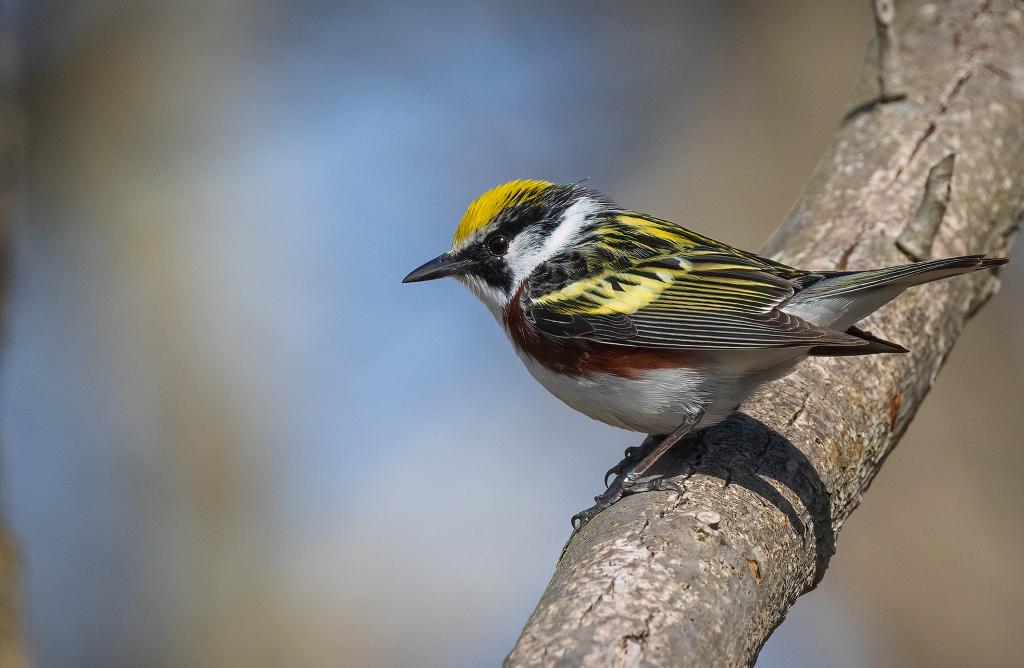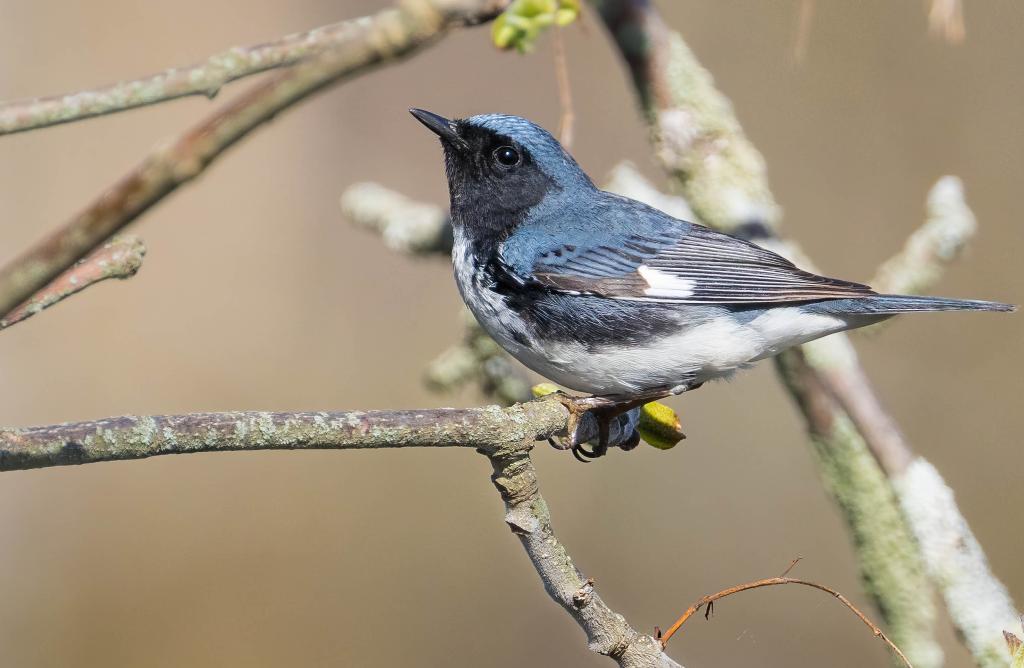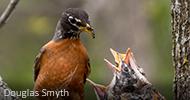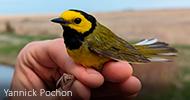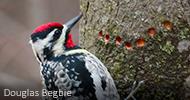The Blackpoll Warbler is typically the last warbler to arrive in spring, on its way to breeding grounds in Canada's most northern forests. In fall, many Blackpolls depart from eastern Canada for a continuous, three-day flight over the Atlantic to the northern coast of South America, making the longest flight over water of any songbird.


Change media quality
Change image quality to reduce page loading times
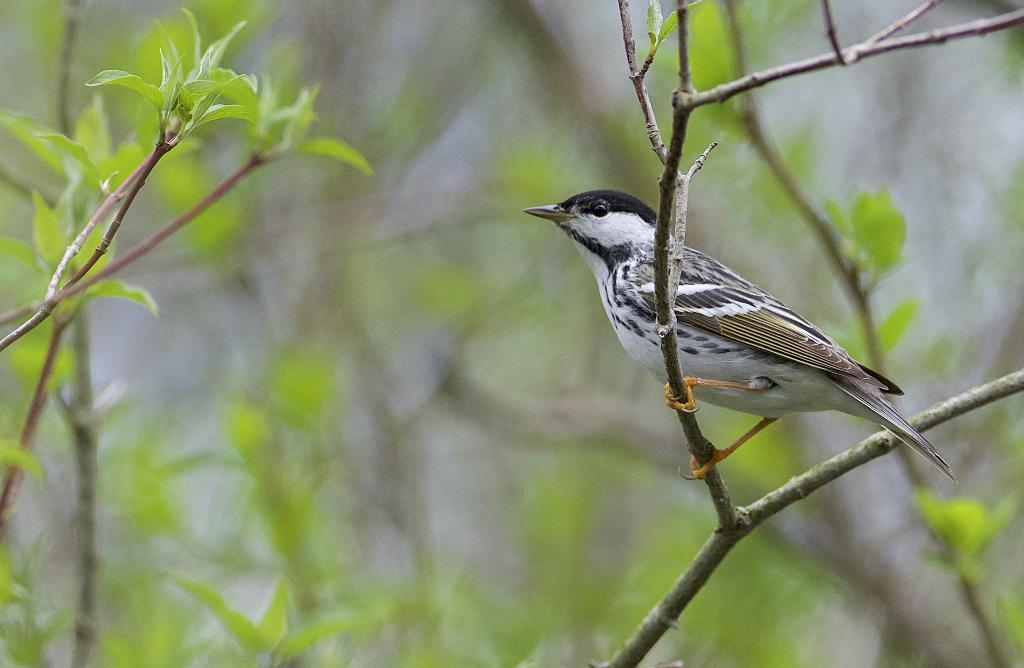 Blackpoll Warbler
Blackpoll Warbler
The Blackpoll Warbler breeds across the Canadian boreal forest from Yukon to Newfoundland and Labrador. It undertakes a long fall flight over the Atlantic Ocean to spend its nonbreeding season in northeastern South America. There are approximately 45 million in Canada, representing 75% of the global population and a very high degree of Canadian responsibility. Another 14 million individuals that breed in Alaska pass through Canada on migration, meaning that around 98% of the global population occurs in Canada yearly. Although the Breeding Bird Survey covers only a low proportion of the Blackpoll's breeding range, the large decrease of 81% since 1970 is concerning, even though confidence in the estimate is low. The national population of Blackpoll Warbler is below its goal range.





The Canadian population of Blackpoll Warbler is best monitored by the Breeding Bird Survey (BBS). It is well-suited to detecting the species and has high precision, but its overall coverage of the population is low because most of the breeding range is farther north than the majority of survey routes. This means the national trend most represents the southern portion of the population, and the observed decline may at least partly reflect a northward shift in the summer range. The BBS shows a steady decline beginning in the early 1980s, with a total loss of 81%. In the regions with medium to high geographic coverage and precision in estimates (central and southern British Columbia, central Ontario and Quebec, and the Maritimes) declines since 1970 range from 66% to 98%. This species is also detected in large numbers by the Canadian Migration Monitoring Network, but long-term trends are highly variable among stations, suggesting some changes in migratory routes over time but not providing a clear signal about changes in overall population size.
The goal for Blackpoll Warbler is to increase the population to the level it was at in the early 1970s, based on the Breeding Bird Survey. Blackpoll Warbler is currently below its goal range and continuing to decline. Analysis considering the historical population loss and recent trend suggests that it is unlikely that the goal can be met by 2050, so the interim target is to reach 25% of the goal by 2050. Achieving this target, and ultimately reaching the national goal for this species, will require deliberate conservation action.
| Designation | Geographic Area | Status | CITATION |
|---|---|---|---|
| IUCN | Global | Near Threatened | |
| Partners in Flight | Western Hemisphere | Common Birds in Steep Decline | |
| Wild Species | Canada | Secure |


The Blackpoll Warbler is typically the last warbler to arrive in spring, on its way to breeding grounds in Canada's most northern forests. In fall, many Blackpolls depart from eastern Canada for a continuous, three-day flight over the Atlantic to the northern coast of South America, making the longest flight over water of any songbird.
Blackpoll Warbler is primarily reported between May and October in Canada, as it migrates south in the nonbreeding season. A dip in observations during the summer coincides with the warbler's return to its northern breeding habitat.




